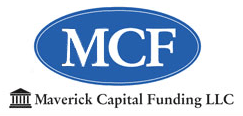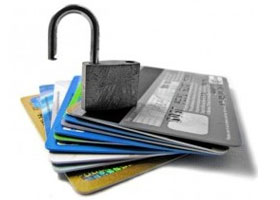The Merchant cash advance (MCA) has become really popular in the past few years with businesses looking for short term financing. Also known as cash advances or ACH loans, MCAs provide easy access to funding for entrepreneurs who need it.
While getting an MCA is easier than getting any other type of funding, this ease comes at a cost, because quite often, this type of financing can be expensive.
The cost and short-term purpose of this product can make this a risky proposition if used without caution. But if used correctly, it can also provide access to funding for businesses that really need it. From this article you will learn:
What a merchant cash advance is and how they can work for your business.
Originally, a merchant cash advance was a product that enabled you to sell your businesses future credit card sales in exchange for an immediate cash payment. The product was originally intended for retailers and companies that primarily deal with credit card sales. The product has evolved quite a bit and you’re now able finance almost any type of future sales revenue.
Given how the product has evolved, calling it a “merchant cash advance” is a bit misleading. The name “ACH loan” or “business cash advance” seems more appropriate.
The business model is interesting. A merchant cash advance in actuality is not a loan because we are not lending you any money. We are simply purchasing future assets (sales) and as such the process is subject to different underwriting rules. For more details, learn about business cash advances.
How does a cash advance work?
Cash advances are really pretty simple. We review your company sales and determines how much we can advance you and the terms at which you have to pay it back. The payback is often calculated using a “factor” that is multiplied against the funds we provided.
Factors range from 1.09 to 1.50. However, these values can vary. For example, if you get $100,000 with a 1.15 factor, the payback is $115,000 ($100,000 x 1.15).
The next step is calculating the payback time. Payback often ranges from three months to 15 months. Typically, the longer paybacks have higher factor rates. However, risk is still the most important variable in determining the factor rate. Therefore, you could potentially have a 1.50 factor rate and a three-month payback if your circumstances are less than desirable.
In reality, the combination of factor and payback time dictates how expensive this proposition is for you. Here is an example. A 1.20 payback factor sounds really expensive, right? You must pay back 20% more than what you got.
Well, maybe.
If you had a payback of only three months, it would be pretty expensive – if you calculated on a yearly basis. But if you had a payback of 36 months (three years), it becomes much more reasonable. That is why the combination of the factor and payback time is crucial.
How do I repay my cash advance?
The way you repay cash advances varies based on the type of sales you are financing. You have a couple of options.
If you are financing credit card sales, the cash advance is paid by splitting your daily revenues with the cash advance company. The rate of payment is called the “retrieval rate,” which can range from 3% to 15% of your sales (this rate varies). In other words, 3% to 15% of your daily sales go to pay the cash advance until the debt is satisfied.
If you are financing general sales, the cash advance company gets paid by making a daily debit from your business bank account. Unlike revenue shares from credit card sales, the payment amount is fixed.

 Sales Revenue Funding
Sales Revenue Funding What’s a Business Cash Advance?
What’s a Business Cash Advance? Advance Calculator
Advance Calculator Maverick VS Your Bank
Maverick VS Your Bank Unsecured Funding
Unsecured Funding
Hi, this is a comment.
To delete a comment, just log in and view the post's comments. There you will have the option to edit or delete them.